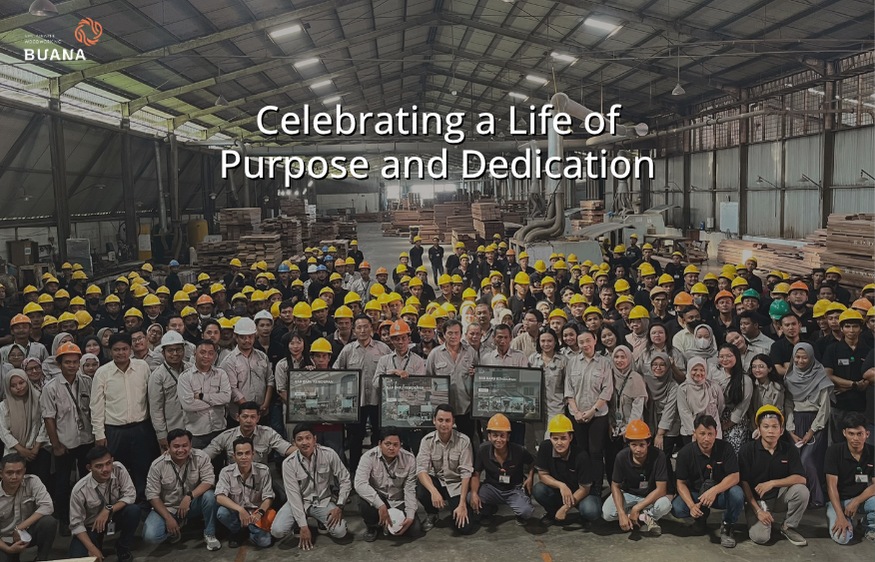Comparing Keruing, Bengkirai, and Kapor: Which one best suits your needs?

In the world of construction and timber, choosing the right type of wood is crucial to ensure strength, durability and aesthetic appearance. Three types of wood that are often used are keruing, bengkirai, and kapor. Each has advantages and disadvantages that should be considered according to the needs of the project.
Keruing is known for its structural strength. This makes it particularly suitable for applications such as the manufacture of truck floors, posts, or exterior decking that require resistance to stress. In general, keruing is more competitively priced than other hardwoods, making it an economical choice.
However, keruing has a high resin content which can reduce its weather resistance if not treated properly. It is less stable in changing weather or humid environments, which can cause expansion or shrinkage.
Keruing excellent for heavy construction such as bridges, truck floors, and outdoor decking, but must be protected from excessive moisture.
Bengkirai wood is one of the strongest hardwoods known for its resistance to extreme weather and insect attacks. Its dense and smooth wood grain texture gives it an elegant appearance, making it ideal for decking and exterior furniture.
Due to its density, bengkirai is quite heavy making it more difficult to transport.
Bengkirai suitable for exterior decking, wooden flooring, outdoor structures, and building columns.
Kapor wood is lighter than bengkirai and keruing, making it easier to cut, shape and install. Kapor wood is naturally resistant to insects, especially termites.
Kapor tends to be less durable and strong than keruing or bengkirai, especially when used in areas with extreme weather exposure. If not properly coated, kapor can be prone to decay.
Kapor ideal for interior uses such as indoor flooring, wall panels, and light furniture, but can also be used for light exterior construction with proper protection.
Latest Updates



